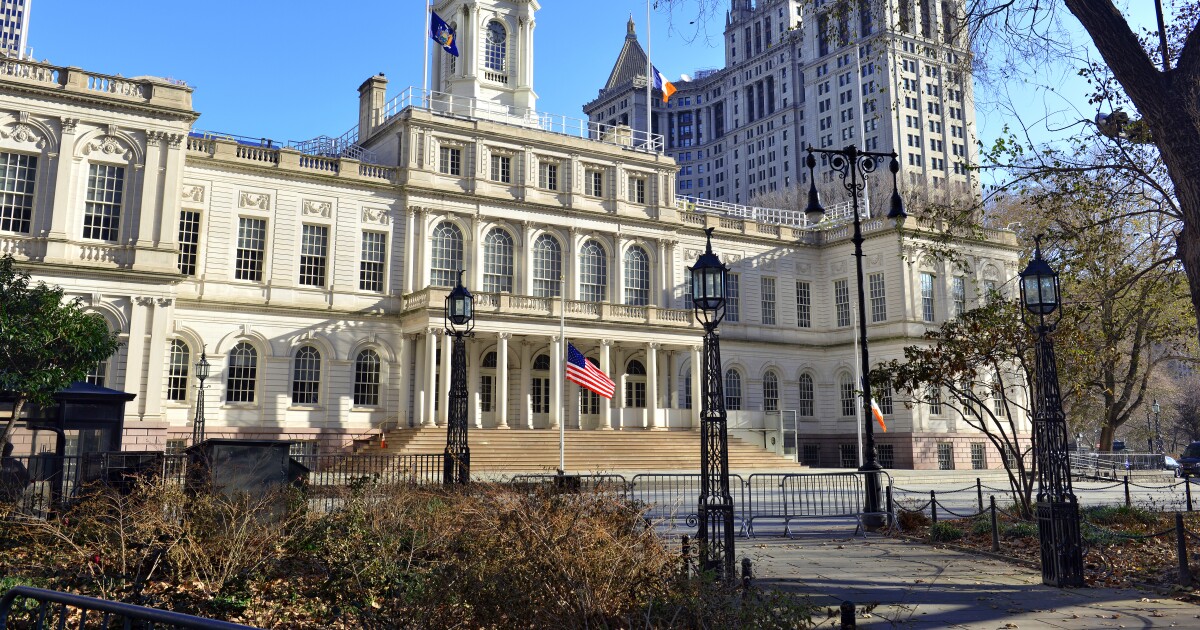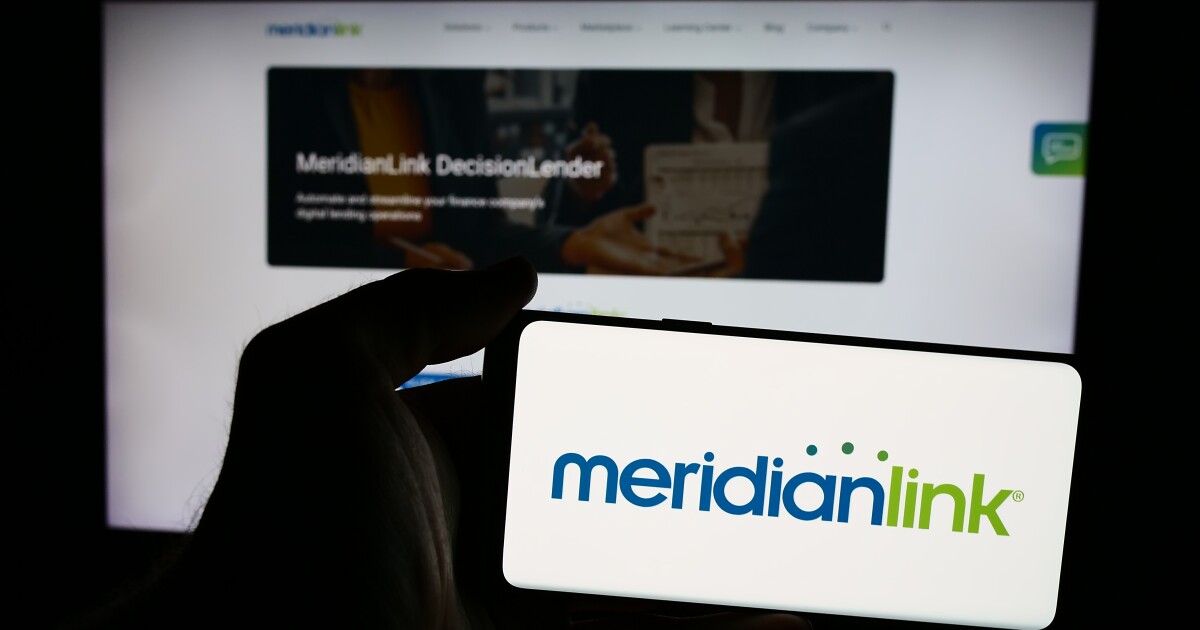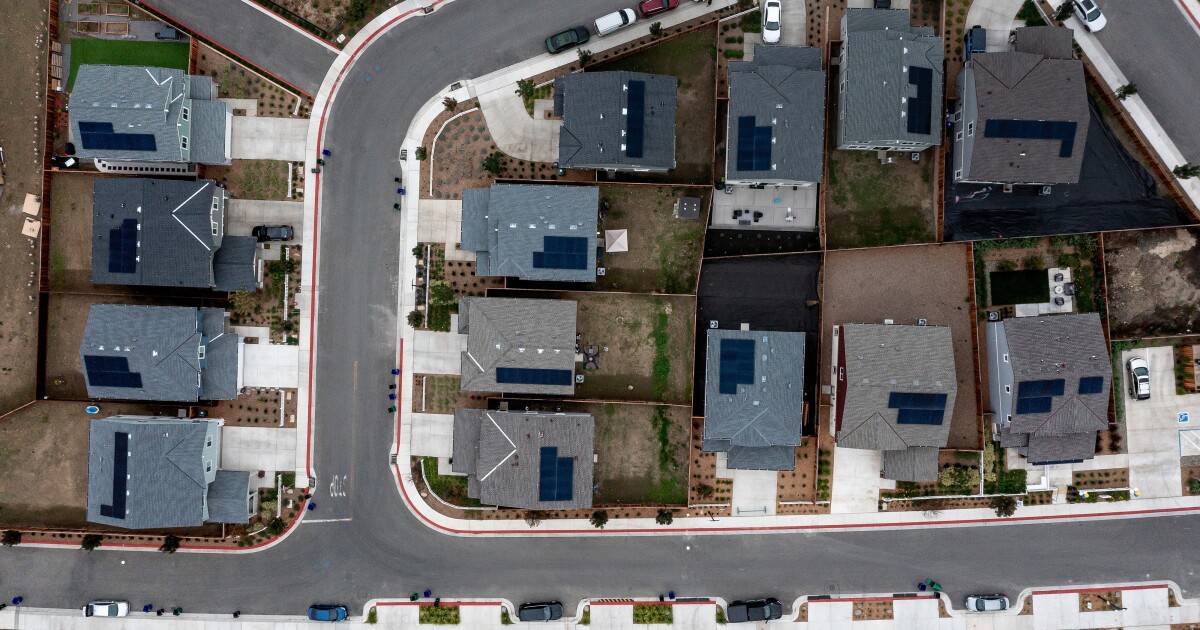
New York City's
The program will provide subsidies from the city to projects ranging from extremely-low income and homeless set-aside units, to moderate-income and even market rate units to be located in areas with few reasonably priced options.
"Today, this administration introduces yet another innovative housing finance tool called the Mixed Income Market Initiative," said Deputy Mayor for Housing, Economic Development and Workforce Maria Torres-Springer in a press release. "MIMI will surface new models for combining public resources and private financing to produce new homes for working families, seniors, children, and all New Yorkers who are struggling, with a particular focus on neighborhoods with little affordable housing."
Affordable housing construction has long been a political football in New York, as the discussions
MIMI intends to combine city housing subsidies and
"This bold new initiative goes beyond our limited resources and then steps outside conventional financing models to create affordable housing," said Adolfo Carrión Jr., commissioner of the Department of Housing Preservation and Development.
It will not rely on other sources of public financing for housing, such as New York's allocation of
Those projects selected for the program must have a mix of 70% affordable and 30% market rate apartments.
"Utilizing a mixed income approach provides much better outcomes in terms of creating economically diverse communities while at the same time allowing the higher income units to subsidize the building of lower income units," said Craig Livingston, chair of the New York Real Estate Chamber, in New York City's press release. "The added benefit is that buildings built with this program can come to market faster because they don't have to wait for tax exempt bond allocation."



